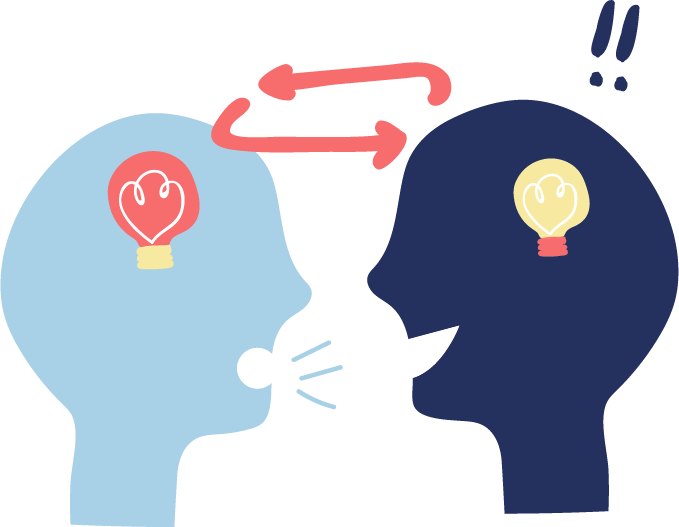| Line 47: | Line 47: | ||
<h4>Supervisors </h4> | <h4>Supervisors </h4> | ||
| − | <p1> | + | <p1>The supervisors helped us develop the project and were extremely helpful when resolving all issues that arose in the team. . We would like to thank<b> Dr Rodrigo Ledesma-Amaro </b>and <b>Amritpal Singh</b> , particularly, for their guidance and expertise during wet lab troubleshooting. In addition, we would like to thank <b>Dr Tom Ouldridge </b>for his support and guidance on modelling and software issues and to <b>Ismael Mullor Ruiz</b> for his support on all areas of the project and being the glue of the team to keepus together. Finally, we would like to give special thanks to Prof. Richard Kitney for helping us make this project possible and encouraging us and encourage us to make the most of this time working on project and considering its impact on society. This project will not be completed without all of your support.</p1> |
<h4>Departments </h4> | <h4>Departments </h4> | ||
| − | <p1>We would like to express | + | <p1>We would like to express the greatest of gratitude to the departments of Bioengineering and Life Sciences at Imperial College London, for making this project possible and providing us the platform to have one of the best experiences of our lives. </p1> |
<h3>Technical Support</h3> | <h3>Technical Support</h3> | ||
| − | <p2>During | + | <p2>During the course of the project we have had the chance to work with many great people who have helped us address the bottlenecks of the project: </p2> |
| + | |||
</br> | </br> | ||
</br> | </br> | ||
| − | <p1><b><i>Dr Danny O’Hare</i></b>, reader in sensor research, profoundly advised us | + | <p1><b><i>Dr Danny O’Hare,</i></b>, reader in sensor research, profoundly advised us during the electrochemistry and modelling experiments . He gave us crucial advicse on finding the balance of our redox modulators to optimise our system in different conditions. as well as on, how to evaluate and understand the chemical reactions taking place in our system’s background. </p1> |
</br> | </br> | ||
</br> | </br> | ||
| − | <p1><b><i>Dr Robert Bradley</i></b>, as bio-electrochemist | + | <p1><b><i>Dr Robert Bradley</i></b>, as a bio-electrochemist, gave us essential advice on how to work work with a bio-electrochemical system and kindly provided us with a potentiostat to use for the duration of the project. |
| + | </p1> | ||
</br> | </br> | ||
</br> | </br> | ||
| − | <p1><b><i>Dr Marko Storch</i></b>, as one of the developers of the BASIC assembly technique | + | <p1><b><i>Dr Marko Storch</i></b>, Dr Marko Storch, as one of the developers of the BASIC assembly technique, helped us tremendously when discussing the design and characterisation of the library constructs. In addition to helping us troubleshoot our constructs used for the “application section”, he also advised us to use a colony picker, which helped us to get a clear and detailed proof-of-concept data. </p1> |
</br> | </br> | ||
| Line 71: | Line 73: | ||
</br> | </br> | ||
</br> | </br> | ||
| − | <p1><b><i>Dr | + | |
| + | <p1><b><i>Dr Robert Sternberg</i></b>, senior lecturer in science communication, advised us on our science communication strategy design and human practices in general. He suggested that phrasing is particularly important when it comes to present science to audience with different backgrounds. This key concept led us to develop our Science Communication Guide. </p1> | ||
</br> | </br> | ||
</br> | </br> | ||
| − | <p1><b><i>Dr | + | <p1><b><i>Dr Tanya Tschirhart</i></b>, as the first author of the original Nature Communications paper which we based our project off of, gave us some counselling in electrochemistry techniques and electrode materials allowing us to improve upon the protocols which she had worked on during the development of the system. </p1> |
</br> | </br> | ||
</br> | </br> | ||
| − | <p1><b><i>Alice Boo & Henry Lloyd-Laney</i></b> since the beginning of our project, Alice and Henry were heavily involved in our project, giving us advice in how to convey our ideas. | + | <p1><b><i>Dr Francesca Ceroni</i></b> helped brainstorm ideas when coming up with applications for our system. |
| + | <p1><b><i>Dr Andrea Fantuzzi</i></b>, as electrochemist also helped us troubleshoot our system and gave us advice on different chemicals we could use to make our system work. </p1> | ||
| + | |||
| + | <p1><b><i>Dr Tom Ellis, Dr Guy Bart-Stan, Dr Karen Polizzi and Dr Kirsten Jensen</i></b>, as supervisors from previous iGEM teams, supported our project and guided us in all aspects of the iGEM competition. </p1> | ||
| + | |||
| + | <p1><b><i>Alice Boo & Henry Lloyd-Laney</i></b> since the beginning of our project, Alice and Henry were heavily involved in our project, giving us advice in how to convey our ideas. Alice also kindly provided us with plasmids and lab material when needed . </p1> | ||
</br> | </br> | ||
</br> | </br> | ||
Revision as of 02:07, 16 October 2018
Attributions














